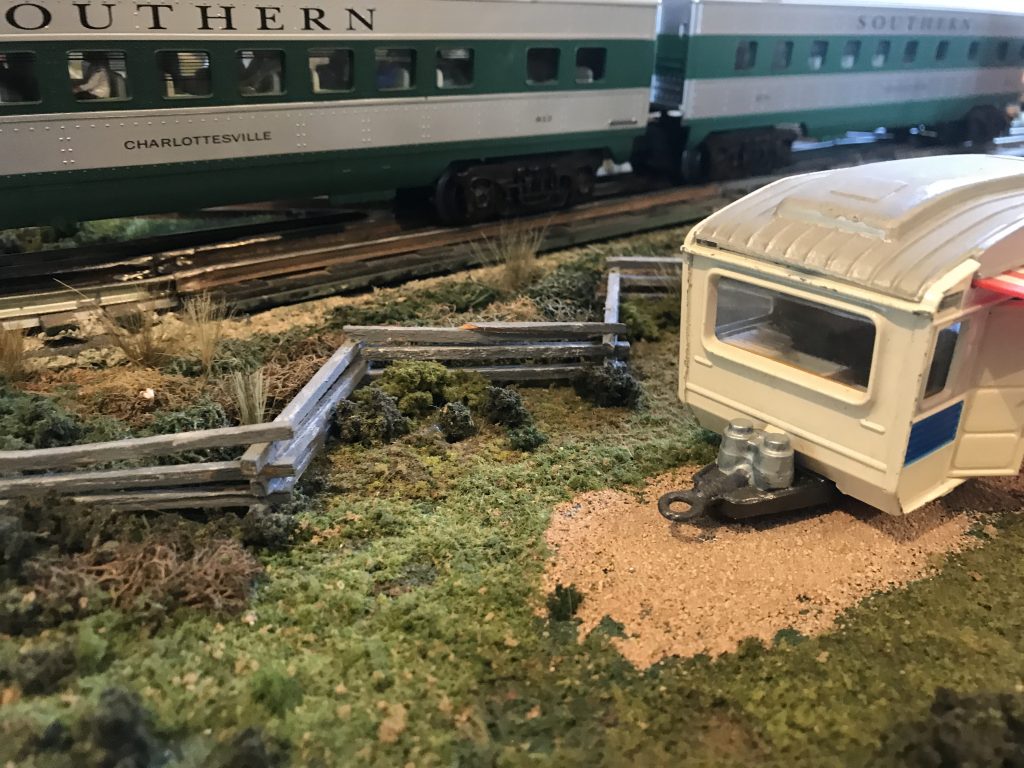
Split-rail fencing is one of the oldest and simplest fences to build. It was very prevalent in the 1800’s along farmlands to keep animals contained. Years later, the rustic beauty was used for home landscaping. Today, you kind find split-rail fencing in parks, campgrounds and historic sites.
The rails of the fence were split from the trunk of a tree and cut to length, usually 8 feet. The split rails were laid on top of each other at a little more than a 90 degree angle. The rails alternated back and forth for stability and no posts were required. Because the bottom rails lay directly on the ground, no holes had to be dug, The fence was quick to put up, especially in rocky terrain where digging post holes was out of the question. however this also meant the fences did not usually last long.
Time and Difficulty
The goal of this project is to build a simple historic and decorative fence. The project is super easy and takes less than a day.
What You’ll Need
- long fireplace matches or similar sized wood
- hobby saw or knife
- aging wash (see instructions)
- tacky glue
Building the Fence
To build split rail fences in O scale, long fireplace matches are the way to go. Simply cut the heads off and cut them into scale six-foot or eight-foot pieces. The more imperfections the matchsticks have, the better the final product will look. You can leave them natural color for new fences. For older fences, scrape a serrated hobby saw along the face of the stick to texture the surface, then paint with a traditional grey ink wash, or with a weathering product I recommend: Age-It Easy liquid wash.
Grey Ink Wash
Make a grey ink wash by diluting india ink or black acrylic paint with water and a drop of dish washing detergent or isopropyl alcohol. Stain each stick individually before stacking and gluing. The weathering wash will not penetrate most glues.
Here is a good article by Harold Minkwitz on weathering wood on the Pacific Coast Air Line Model Railway.
Build It
Stack the sticks with between a forty-five and a ninety degree angle between rails, using a drop of tacky glue to secure them. For older fences, you may break a rail or two, have some rails fallen over, or even glue foliage climbing over the neglected rails.
So there you go, good friend. A super simple method for building historic fences on your layout.
